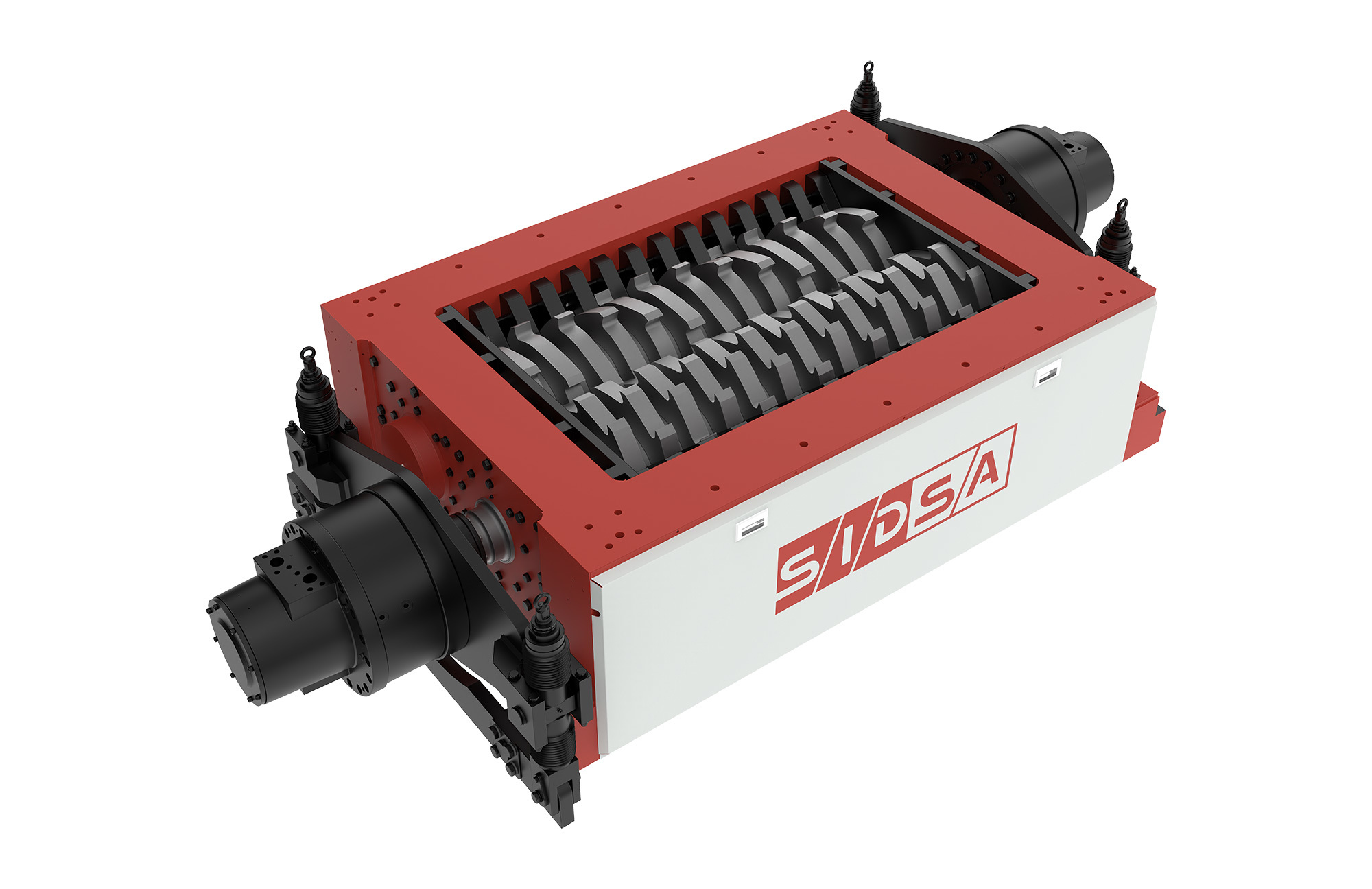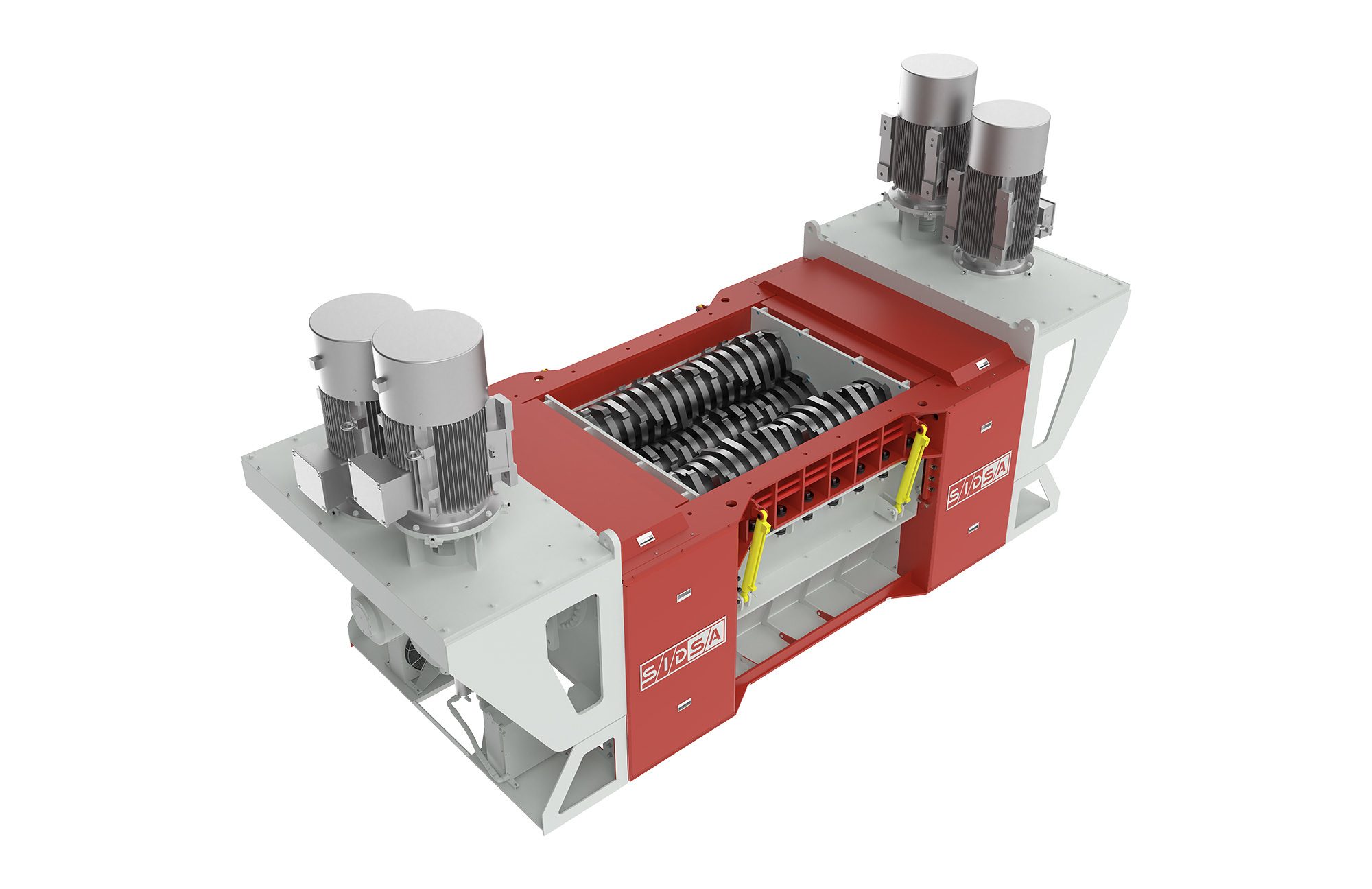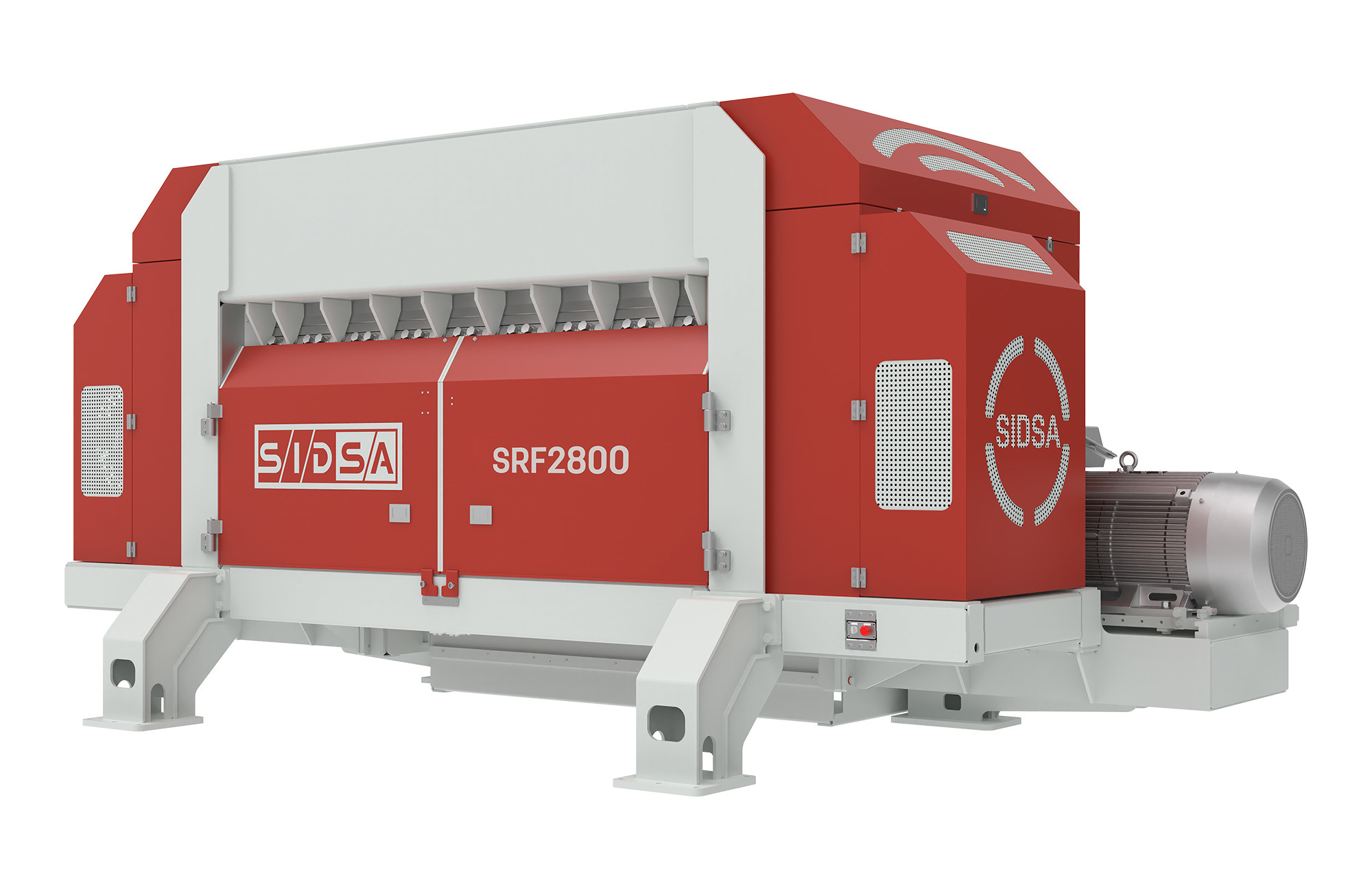Transforming Waste Management: The Role of Landfill Waste Shredders
Release Time:
May 20,2025
Transforming Waste Management: The Role of Landfill Waste Shredders
Table of Contents
- Introduction to Landfill Waste Shredders
- Understanding Landfill Waste Shredders
- Benefits of Using Landfill Waste Shredders
- Challenges in Implementing Shredders
- The Future of Waste Management with Shredders
- Frequently Asked Questions
- Conclusion
Introduction to Landfill Waste Shredders
In recent years, the world has witnessed a mounting crisis in waste management, driven by increasing population and consumption. One of the most significant advancements in combating this issue is the innovation of **landfill waste shredders**. These powerful machines play a vital role in transforming how we handle waste, ensuring that materials are processed effectively and sustainably.
Waste shredders not only reduce the volume of waste but also facilitate more efficient recycling efforts, thus helping to conserve natural resources and minimize landfill use. The following sections will delve deeper into the mechanics of these machines, their benefits, challenges, and the future of waste management processes.
Understanding Landfill Waste Shredders
Landfill waste shredders are specialized machines designed to break down waste materials into smaller, more manageable pieces. This process is crucial in preparing waste for subsequent processing, recycling, or disposal.
Types of Landfill Waste Shredders
There are several types of landfill waste shredders, each tailored for specific applications:
1. **Single-Shaft Shredders**: These shredders utilize a single rotor to cut materials. They are efficient for a wide range of waste types, including wood, plastics, and metals.
2. **Dual-Shaft Shredders**: Featuring two rotating shafts, these machines provide enhanced shredding capabilities, making them ideal for tougher waste materials such as tires and electronic waste.
3. **Granulators**: These machines are designed to produce smaller particles, often used for recycling plastic and rubber materials.
4. **Mobile Shredders**: These portable machines can be transported to different waste sites, providing flexibility in waste management operations.
How Landfill Waste Shredders Work
Landfill waste shredders operate through a series of mechanical processes:
- **Feeding**: Waste is fed into the machine via a conveyor system or directly by operators.
- **Shredding**: The waste material is then pulled into the shredding chamber, where sharp blades cut and crush the material into smaller pieces.
- **Output**: The shredded material is discharged from the machine, ready for further processing, recycling, or disposal.
The efficiency of these machines is enhanced by their advanced technology, which allows for precise control over the shredding process, ensuring the desired output size and minimizing energy consumption.
Benefits of Using Landfill Waste Shredders
The integration of landfill waste shredders into waste management systems brings forth numerous benefits, ranging from environmental to economic advantages.
Environmental Impact
One of the most significant benefits of landfill waste shredders is their positive environmental impact. By reducing the volume of waste, these machines help in:
- **Decreasing Landfill Size**: Less waste means smaller landfills, which in turn leads to reduced land use and environmental degradation.
- **Lowering Greenhouse Gas Emissions**: Smaller landfills produce fewer emissions as less waste decomposes in landfills.
- **Promoting Recycling**: Shredding waste facilitates the recycling process, allowing for the recovery of valuable materials and reducing the need for virgin resources.
Economic Benefits
The economic implications of incorporating landfill waste shredders are equally compelling:
- **Cost Reduction**: Shredders minimize transportation costs by reducing the volume of waste, allowing more material to be transported at once.
- **Resource Recovery**: By enabling efficient recycling, shredders help in recovering materials that can be reused, thus generating revenue.
- **Job Creation**: The implementation of shredding technologies can create new jobs within the waste management sector, from machine operators to maintenance personnel.
Improved Recycling Processes
Landfill waste shredders play a critical role in enhancing recycling efforts:
- **Increased Material Quality**: Shredded materials are easier to clean and process, resulting in higher-quality recycled products.
- **Streamlined Operations**: Shredders enable faster processing times, allowing recycling facilities to handle more waste efficiently and effectively.
- **Diversified Recycling Options**: With the ability to shred various waste types, these machines expand the range of materials that can be recycled.
Challenges in Implementing Shredders
While the benefits of landfill waste shredders are substantial, there are challenges associated with their implementation:
- **Initial Investment**: The cost of purchasing and installing shredders can be significant, particularly for smaller waste management companies.
- **Maintenance Requirements**: Regular maintenance is crucial to ensure optimal performance, which can require additional resources and expertise.
- **Public Perception**: There may be public resistance to the expansion of shredding operations due to concerns over noise, pollution, or safety.
The Future of Waste Management with Shredders
The future of waste management is inextricably linked to advancements in shredding technologies. As municipalities and waste management companies seek effective solutions to combat waste issues, the following trends may emerge:
- **Technological Innovation**: Future shredders may incorporate AI and machine learning to enhance efficiency, optimize shredding processes, and predict maintenance needs.
- **Sustainability Focus**: Increasing societal emphasis on sustainability will drive the demand for waste shredders that facilitate environmentally friendly practices.
- **Integration with Circular Economy**: Shredders will play a vital role in the circular economy by ensuring that materials are reused and recycled, reducing waste generation.
Frequently Asked Questions
1. What types of waste can landfill shredders process?
Landfill waste shredders can process a variety of materials, including plastics, wood, metals, and organic waste. Their design allows them to handle both soft and tough materials efficiently.
2. How do shredders contribute to recycling?
Shredders reduce waste volume and create smaller particles, making it easier to separate materials for recycling. This enhances the efficiency and effectiveness of recycling operations.
3. Are landfill waste shredders environmentally friendly?
Yes, landfill waste shredders are environmentally friendly as they reduce landfill size, lower greenhouse gas emissions, and promote recycling efforts.
4. What maintenance do landfill shredders require?
Regular maintenance for landfill shredders includes blade sharpening, system checks, and cleaning to ensure optimal performance and prevent breakdowns.
5. Can shredders be used for hazardous waste?
While shredders can process certain types of hazardous waste, it is essential to follow specific regulations and guidelines to ensure safety and compliance.
Conclusion
In conclusion, landfill waste shredders are revolutionizing the landscape of waste management. By transforming waste into manageable materials, these machines enhance recycling processes, minimize environmental impacts, and generate economic benefits. Despite the challenges associated with their implementation, the ongoing advancements in shredding technology promise a future where waste management becomes increasingly efficient and sustainable. As we strive for a cleaner, greener planet, the role of landfill waste shredders cannot be underestimated. Embracing these innovations will be vital in ensuring a more sustainable future for waste management practices.
What Else Might You Learn?
SIDSA focuses on technological research and innovation in the field of waste pretreatment
Product
SIDSA focuses on technological research and innovation in the field of waste pretreatment














